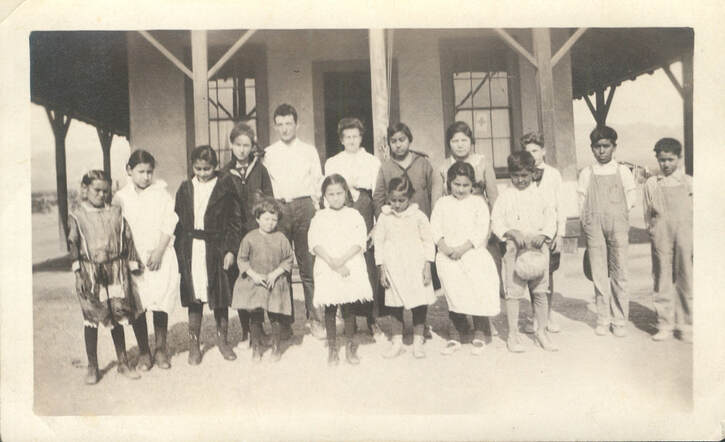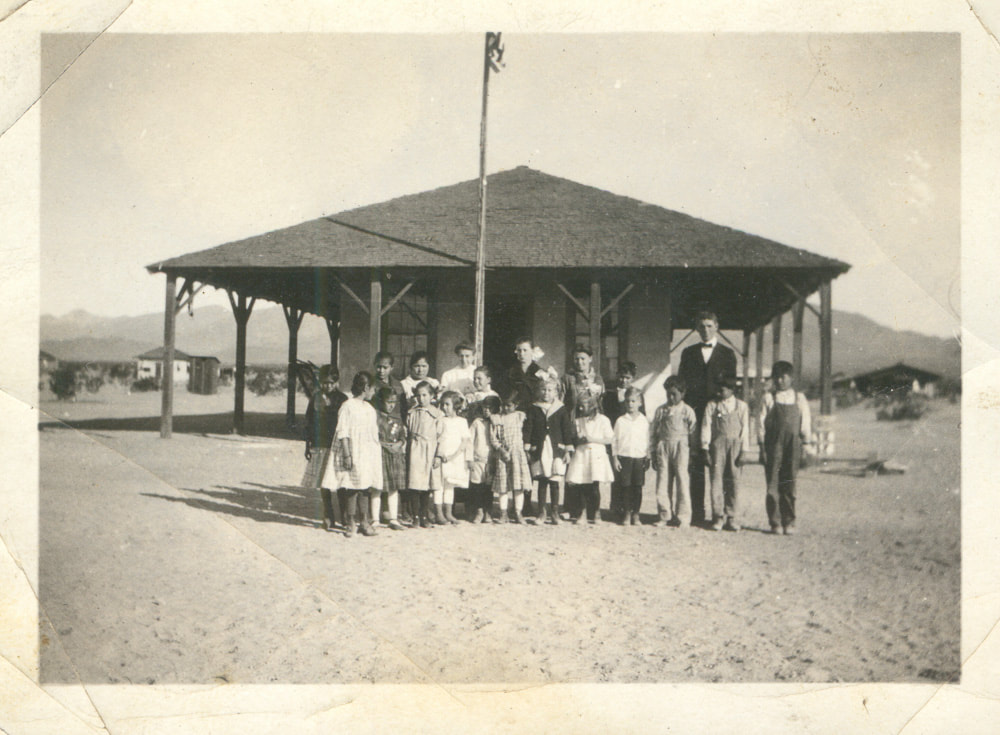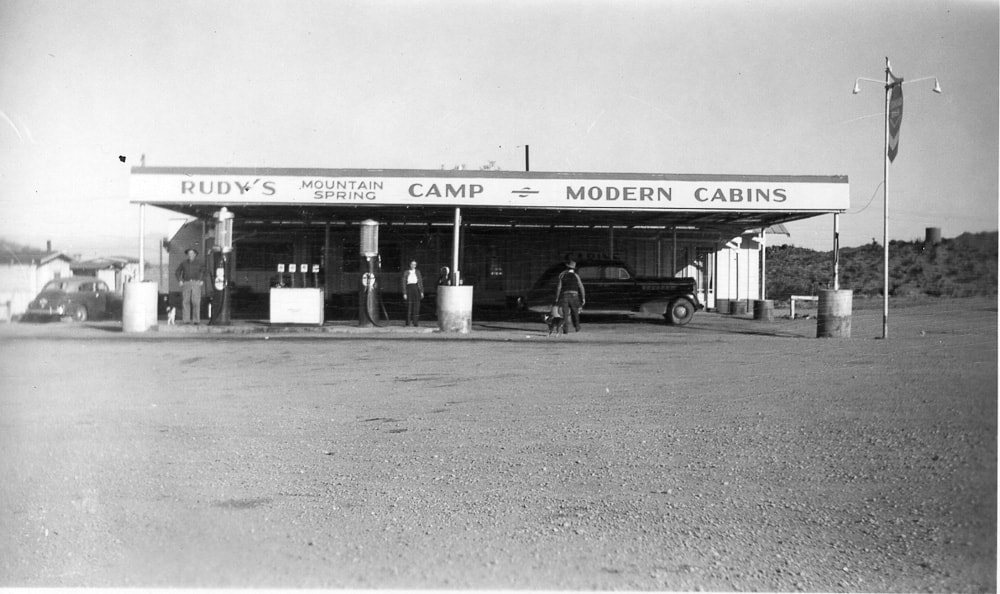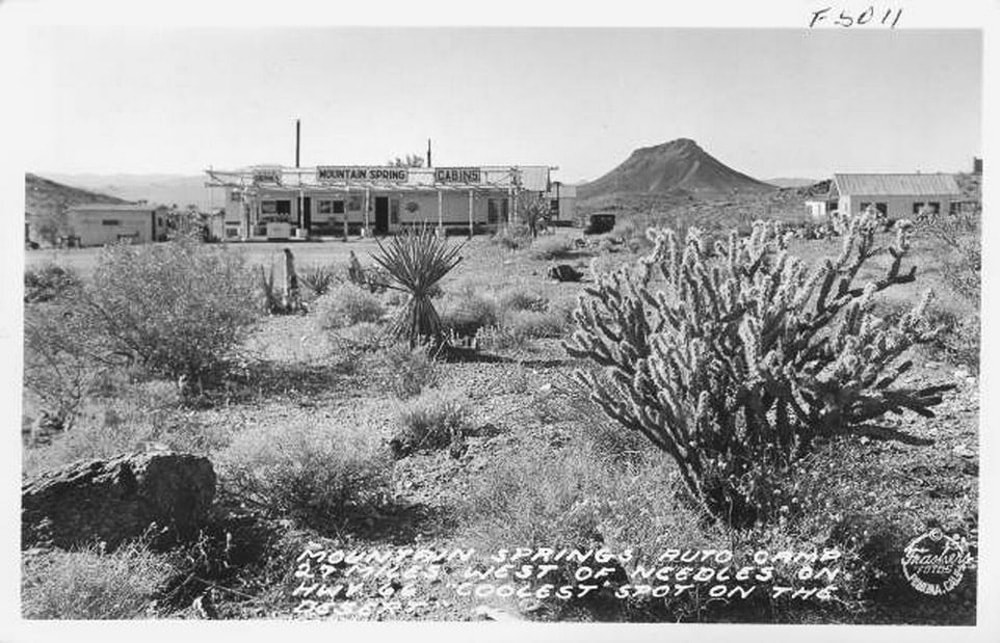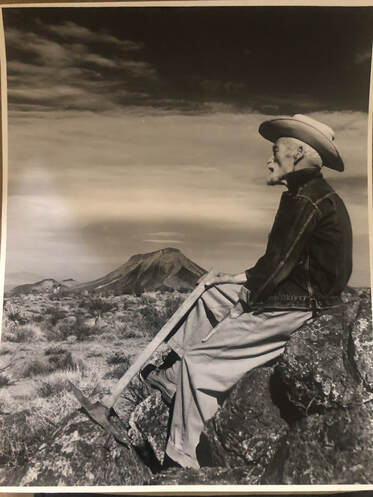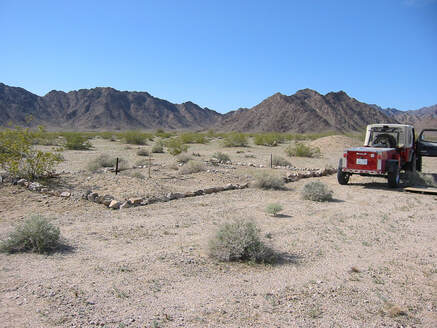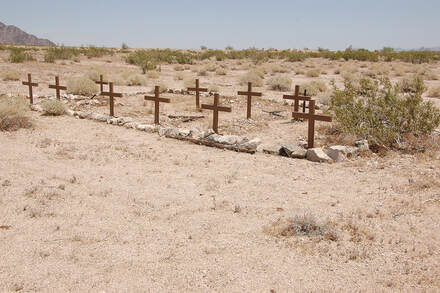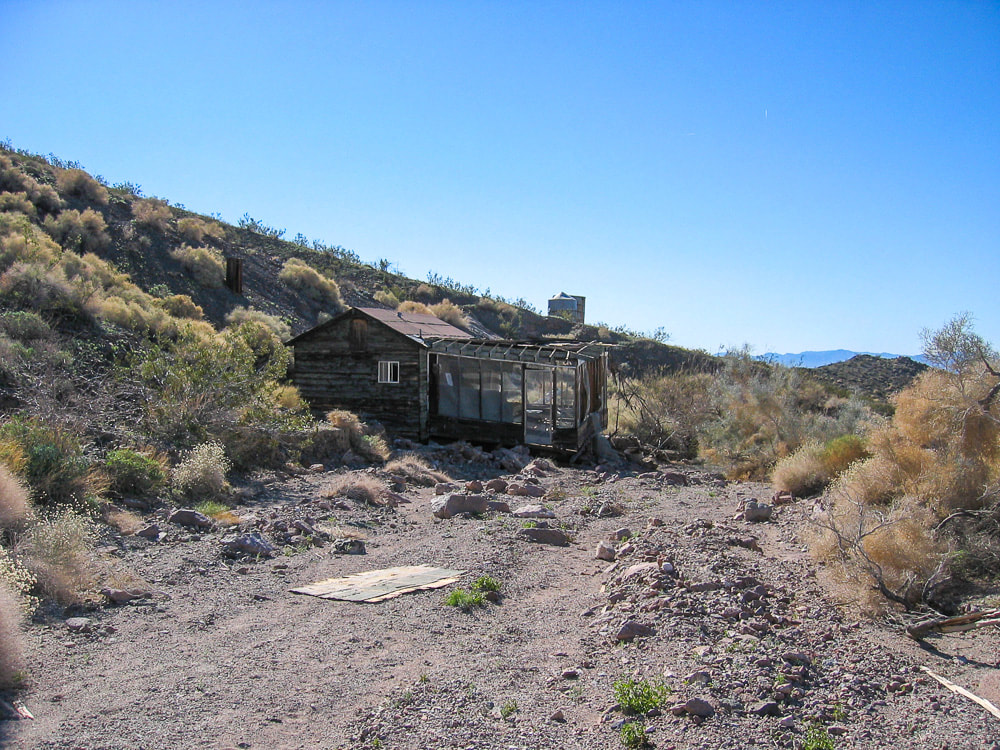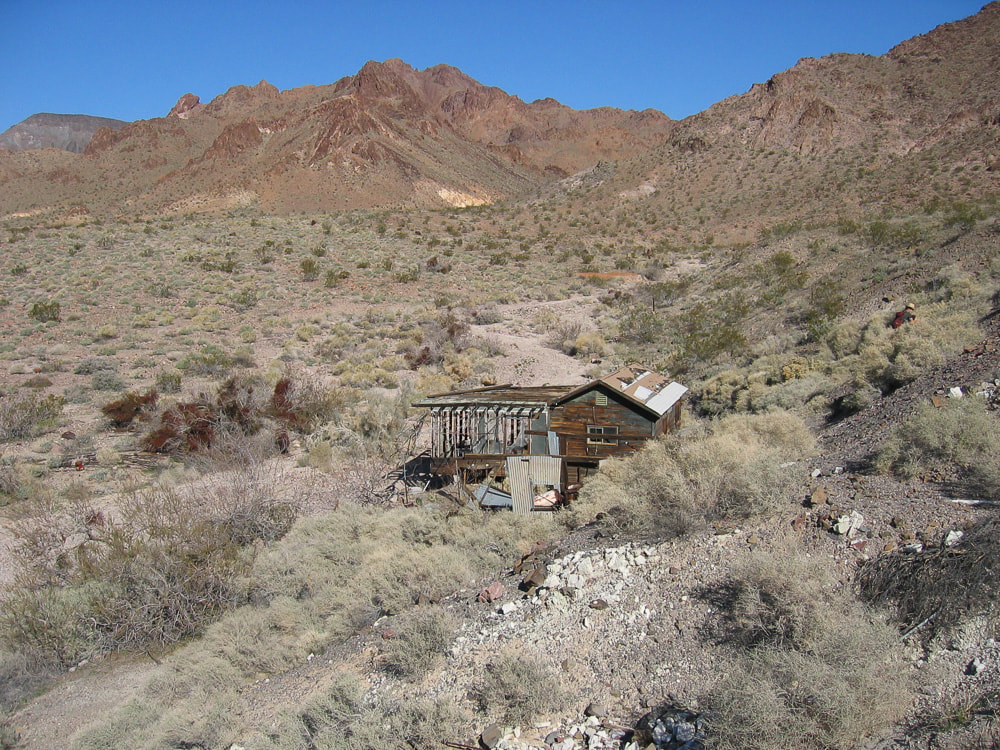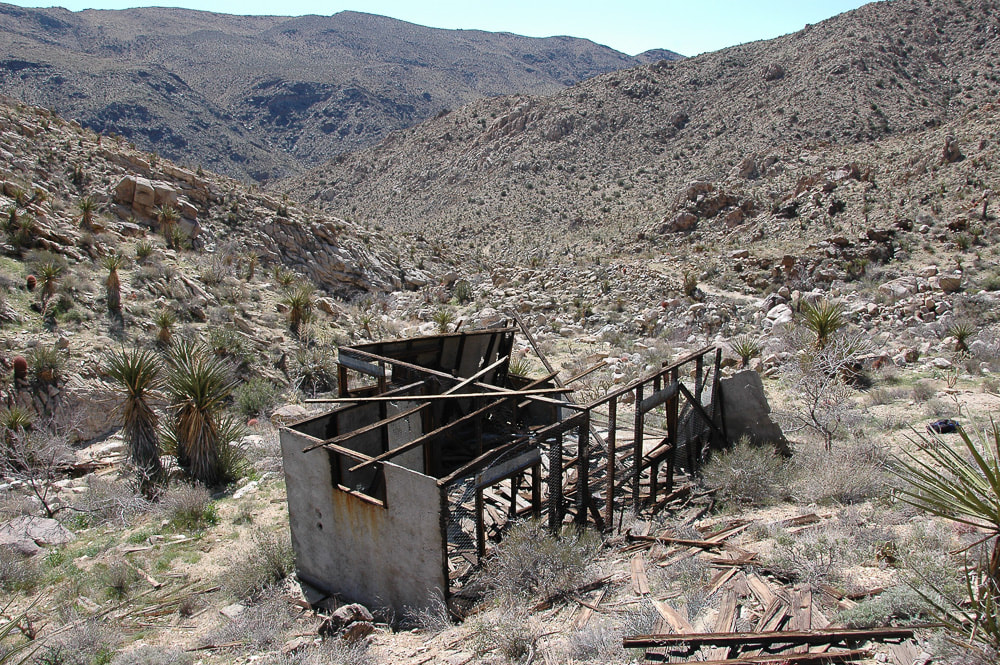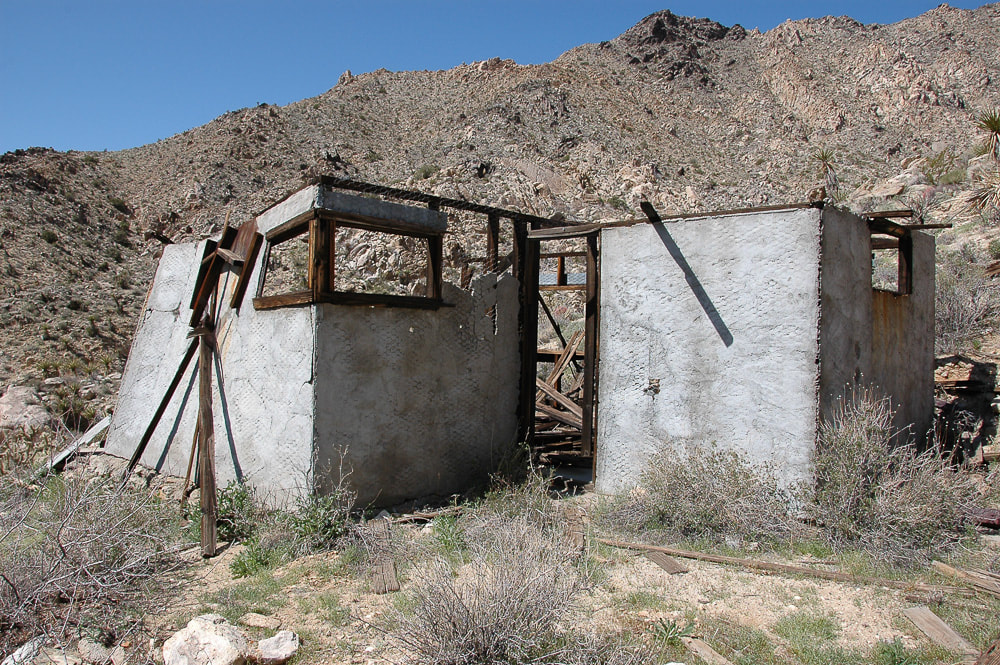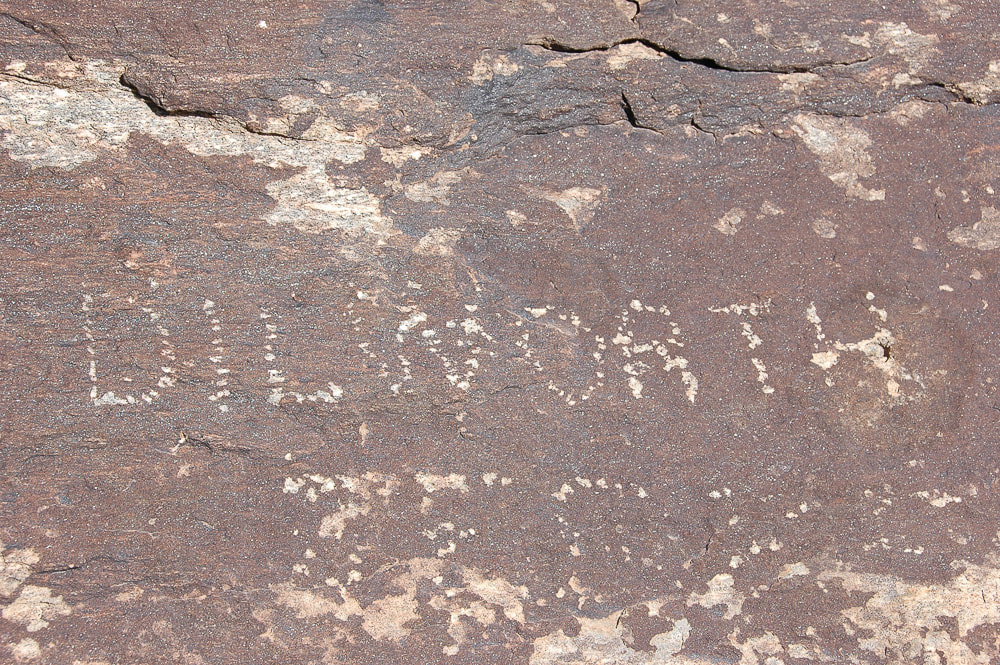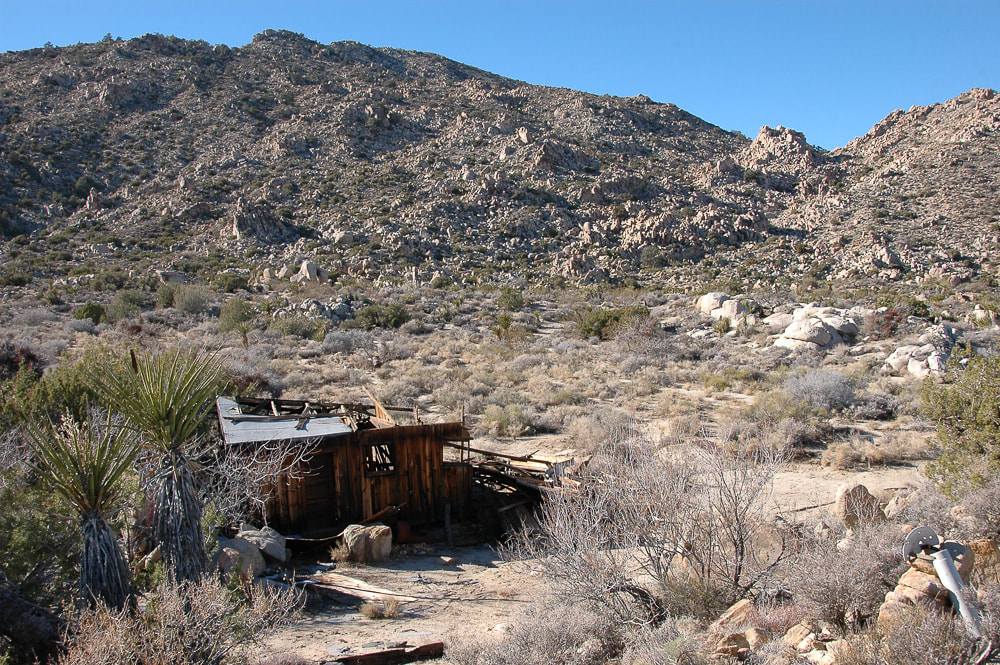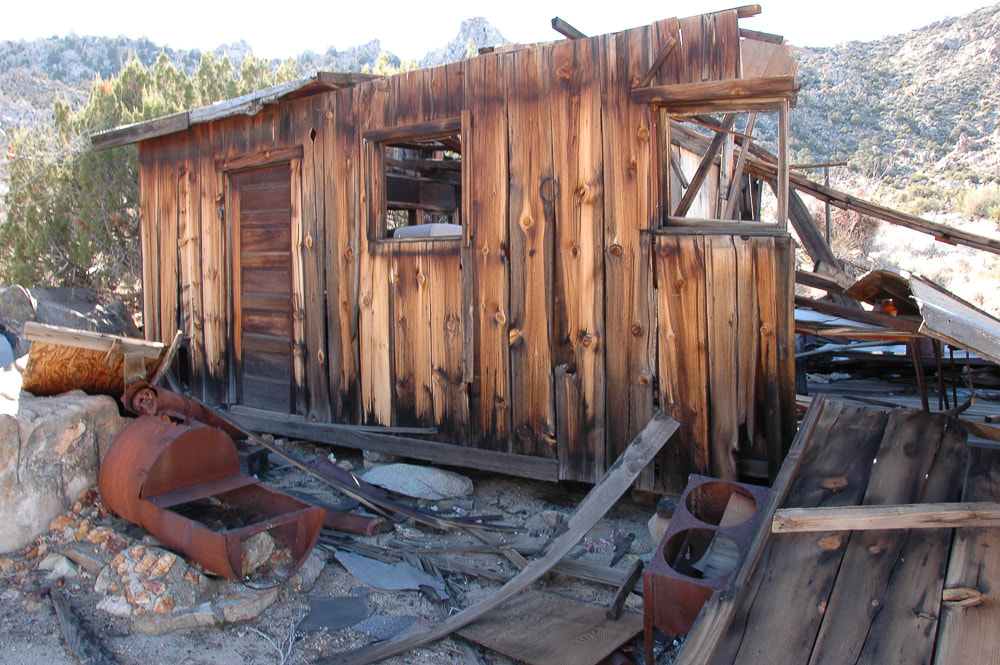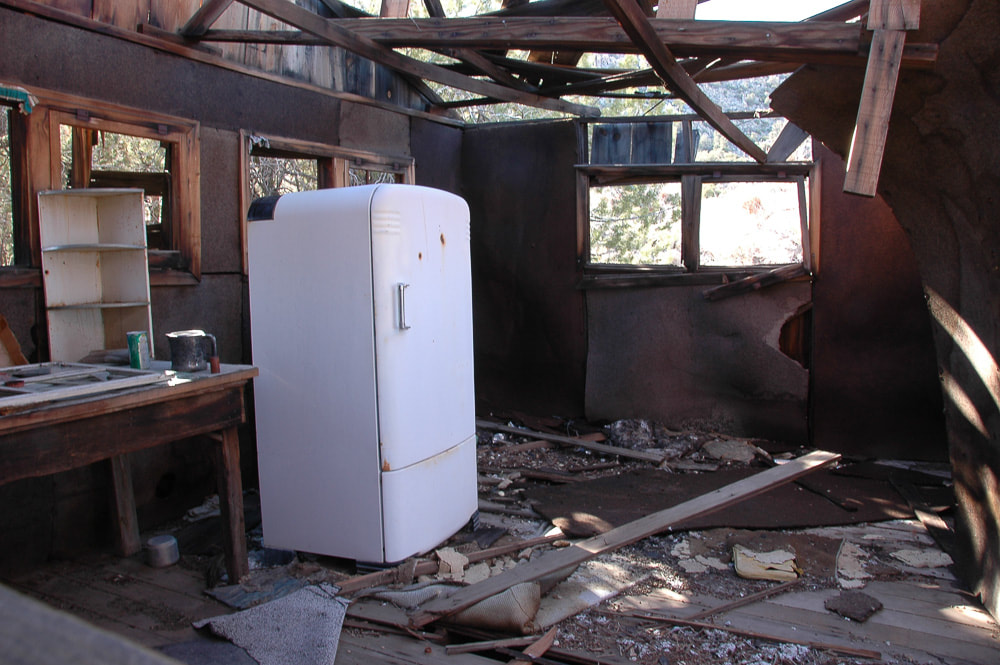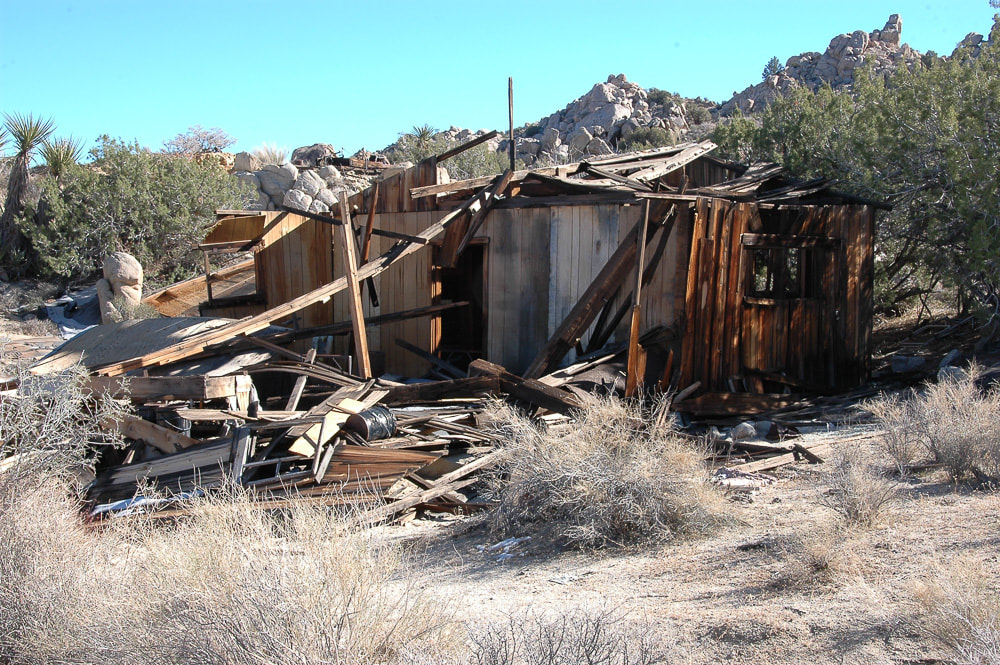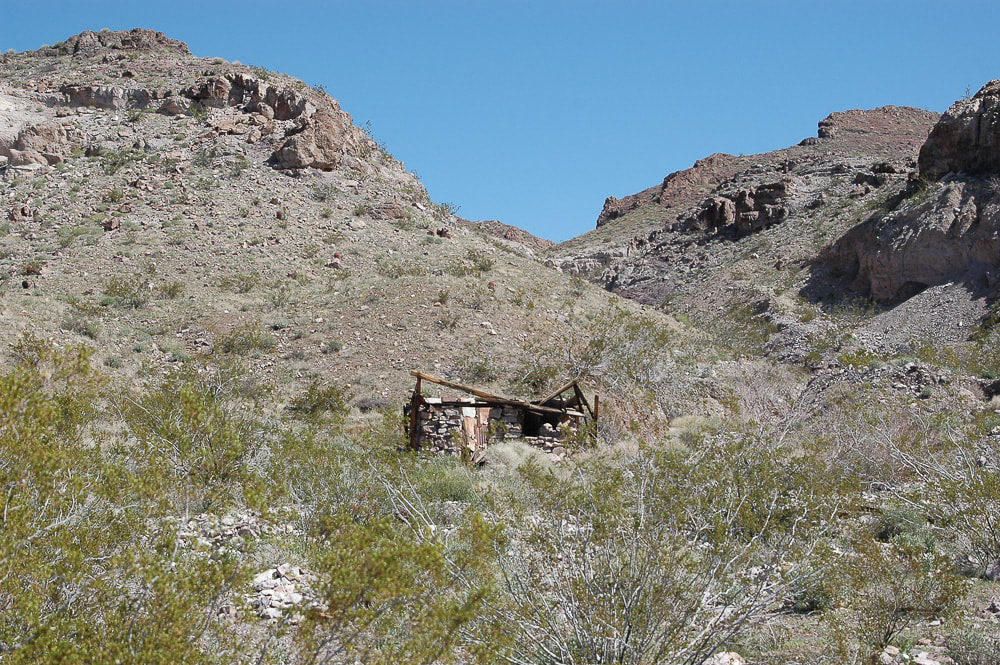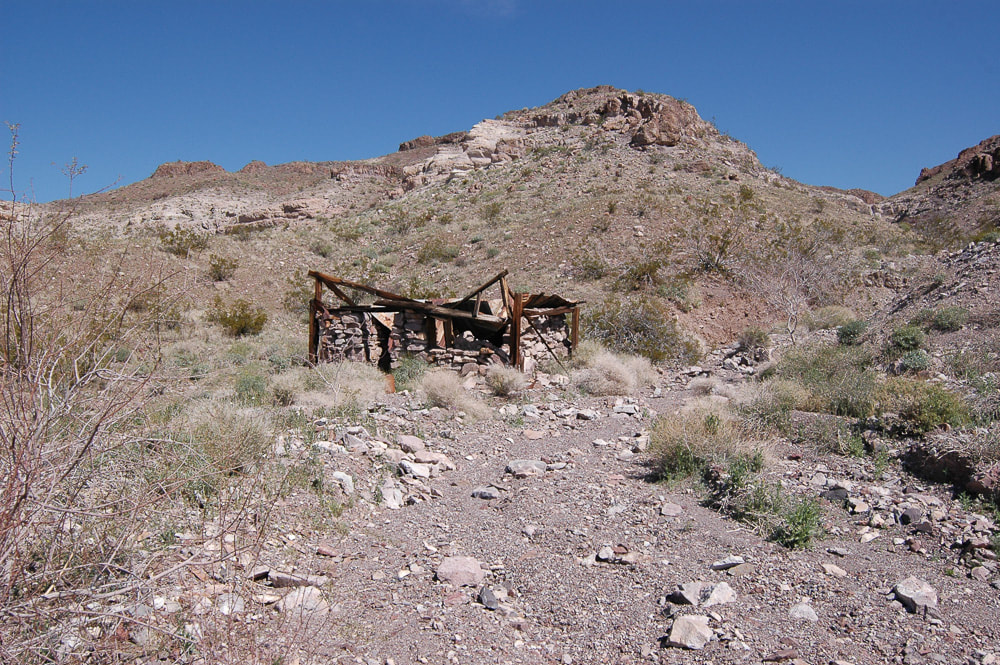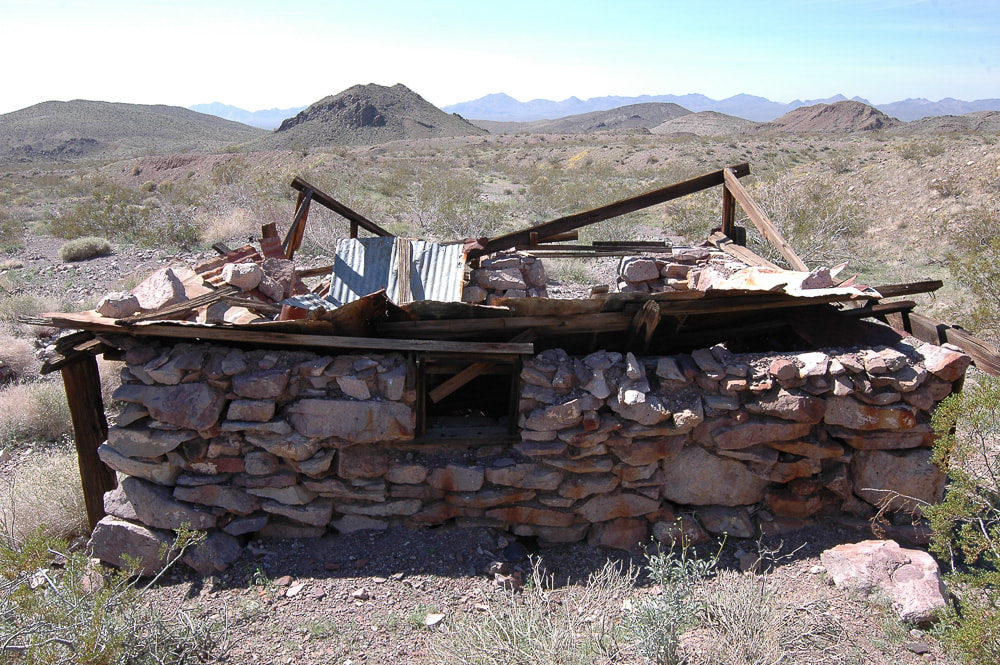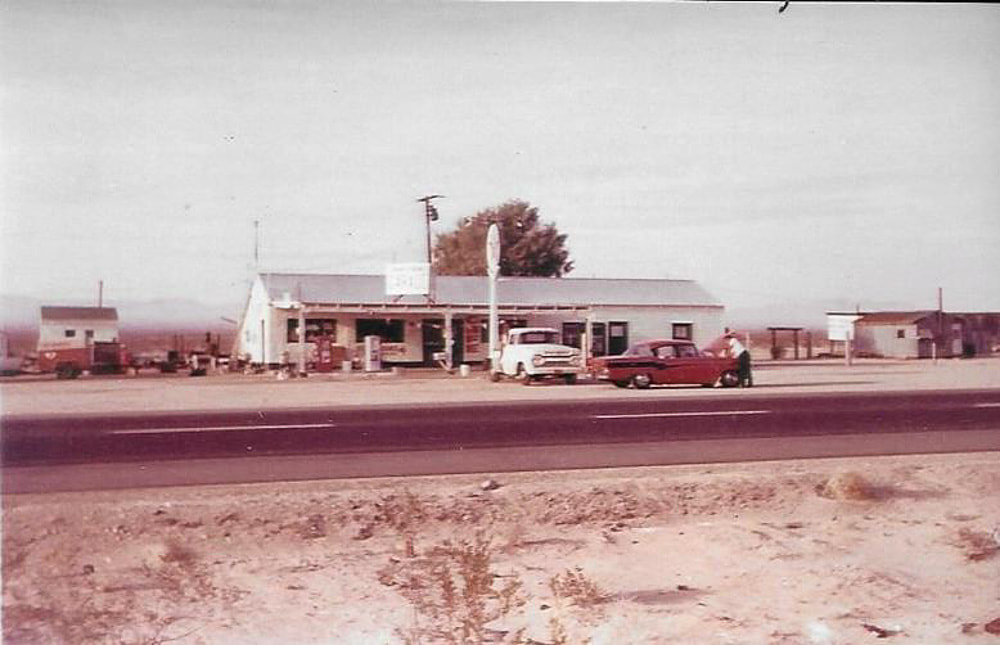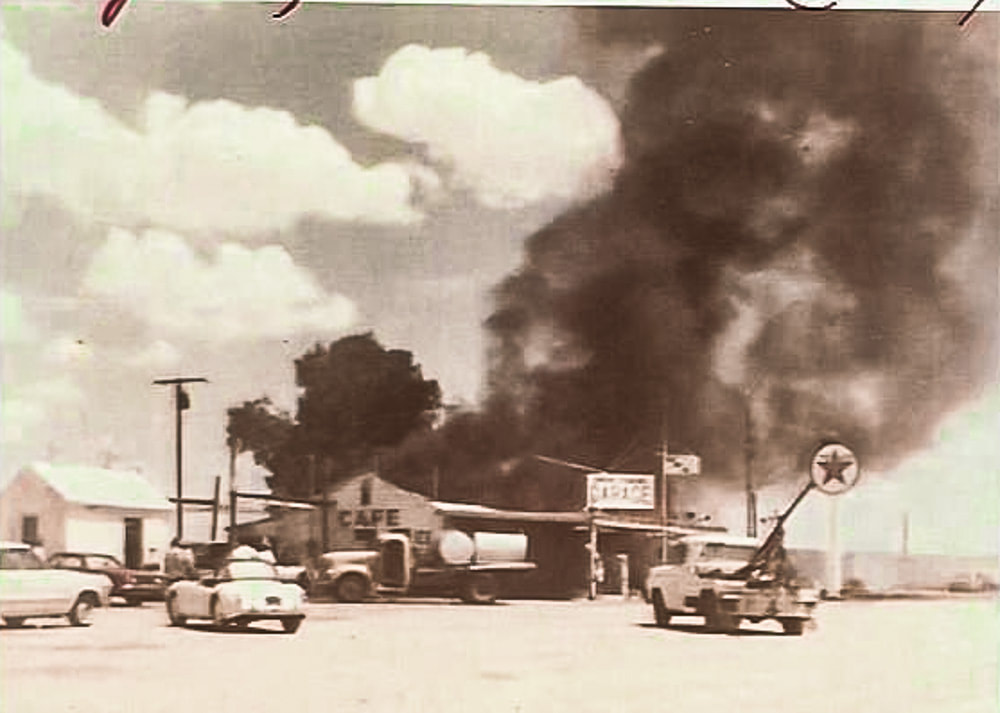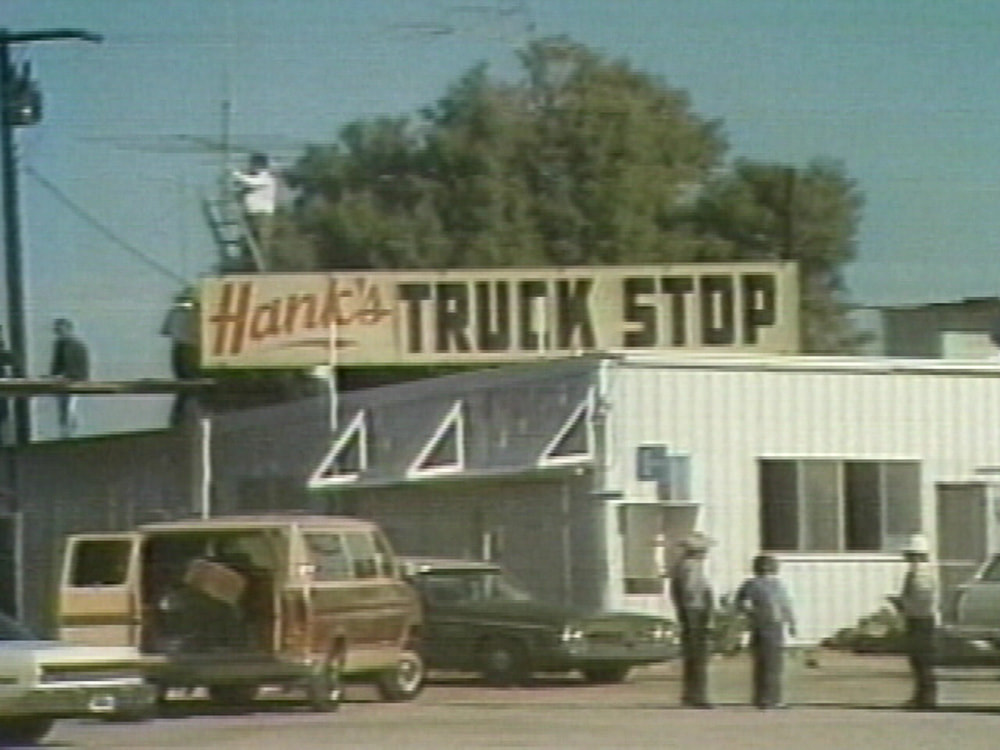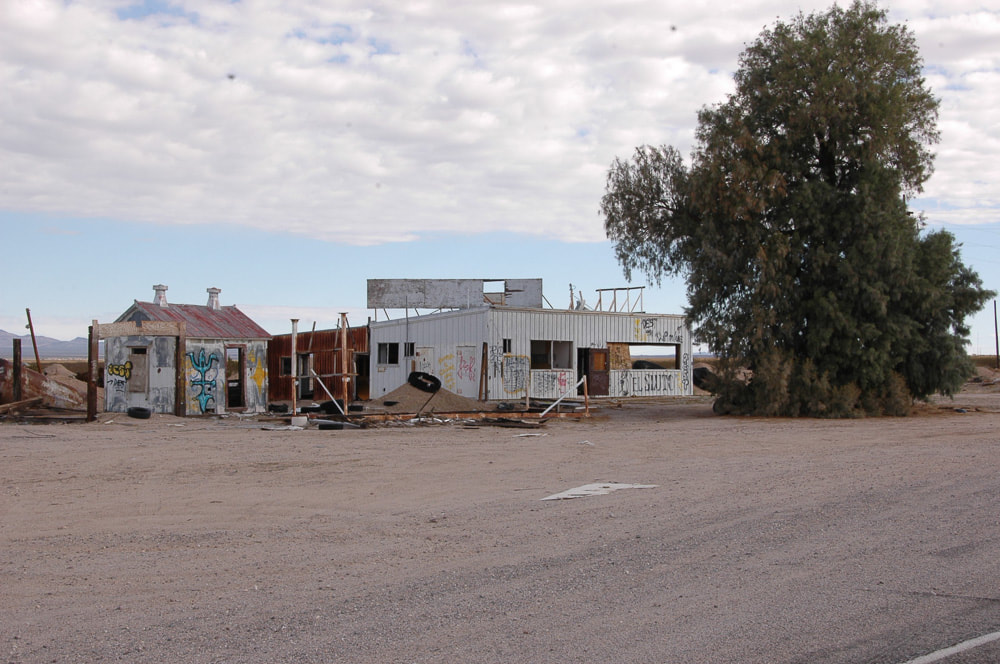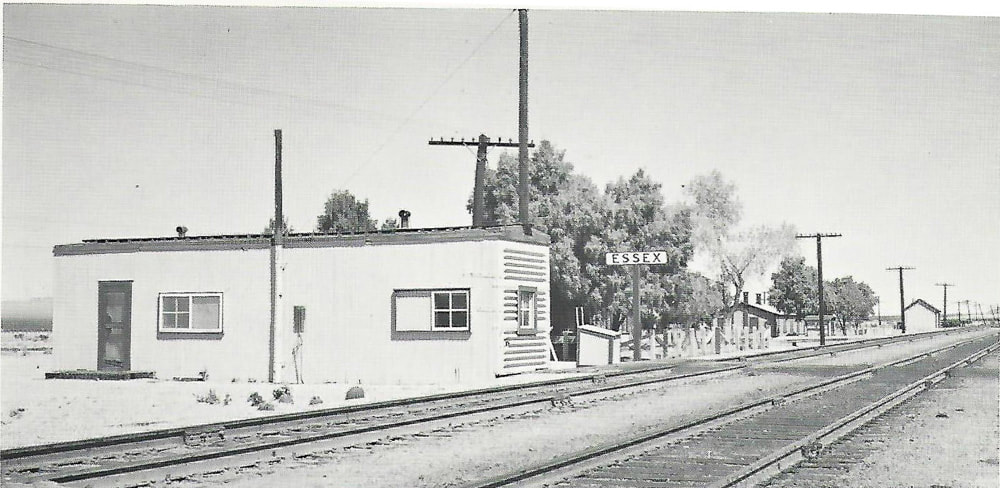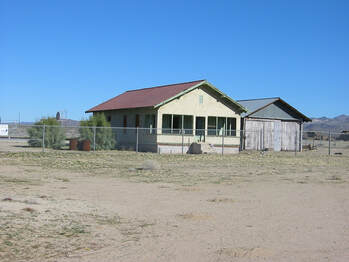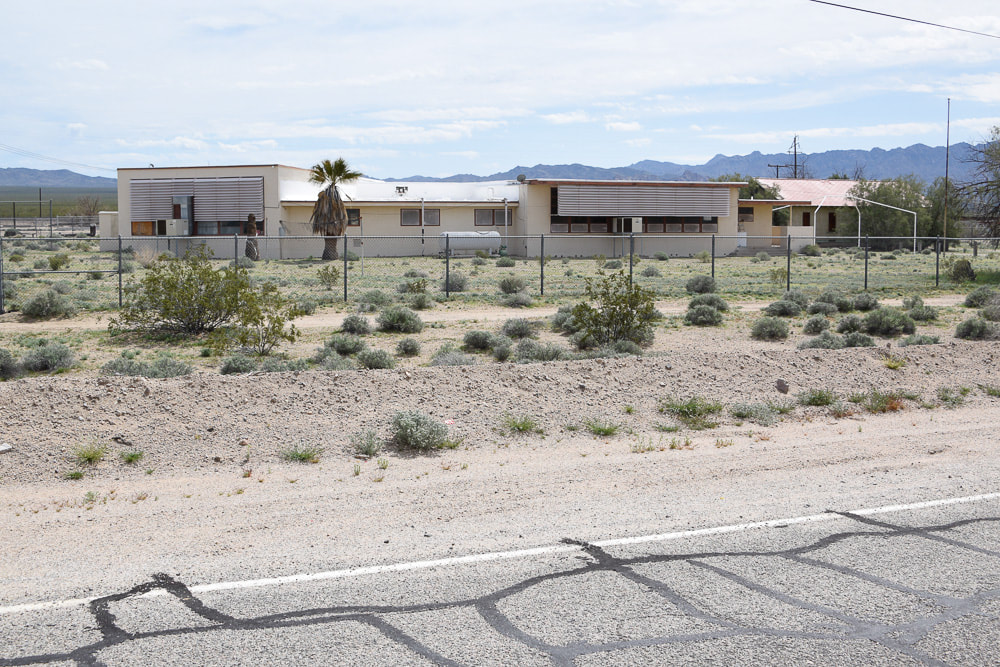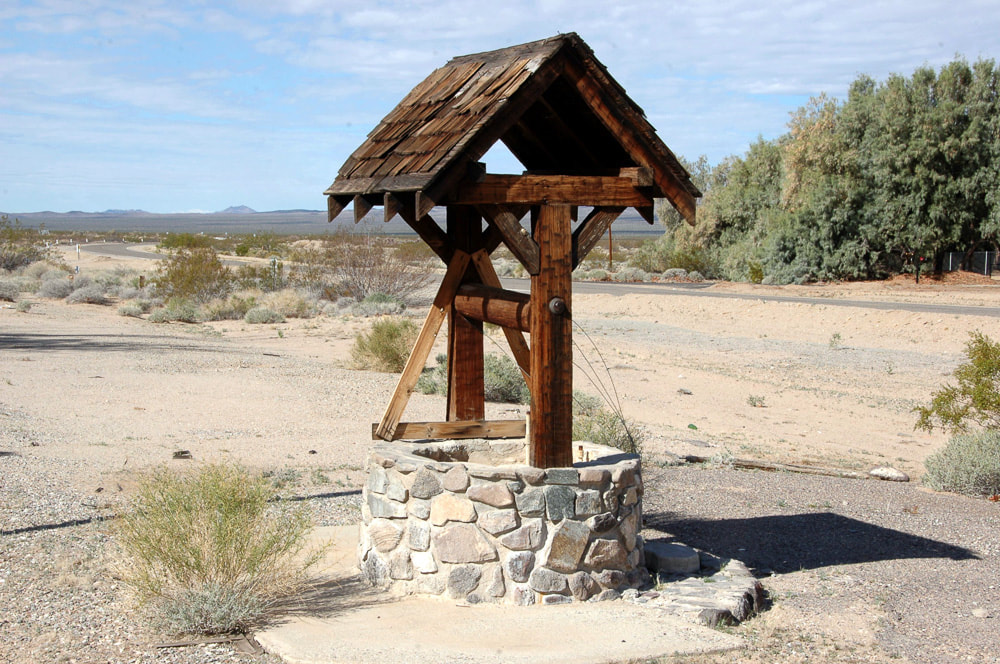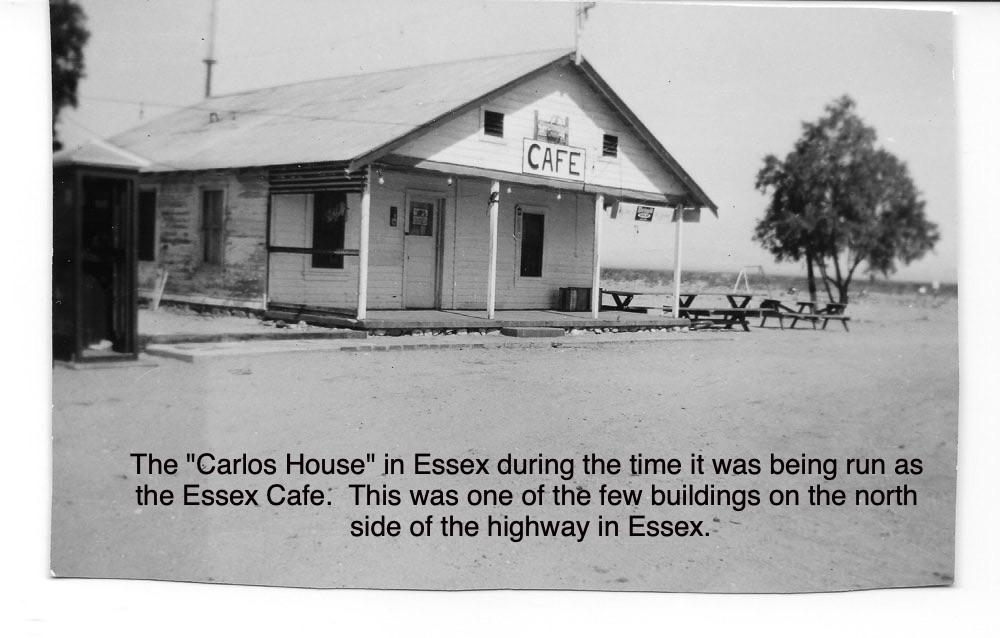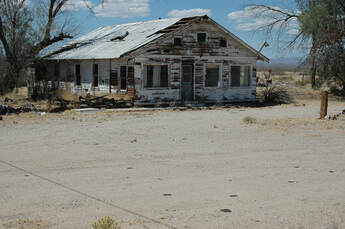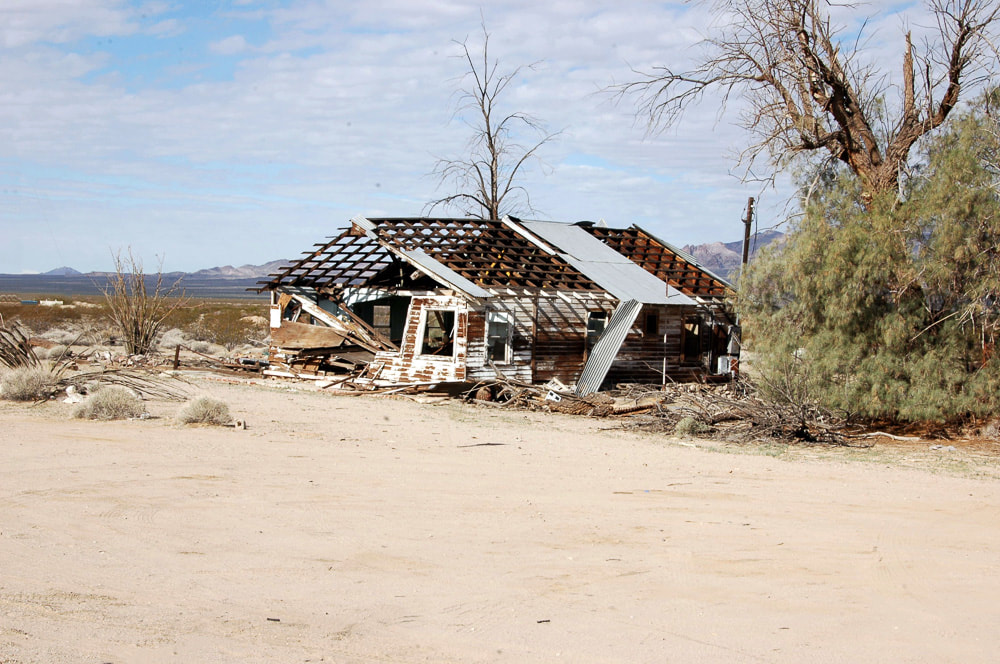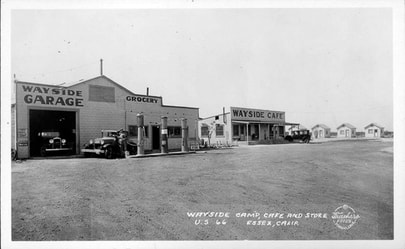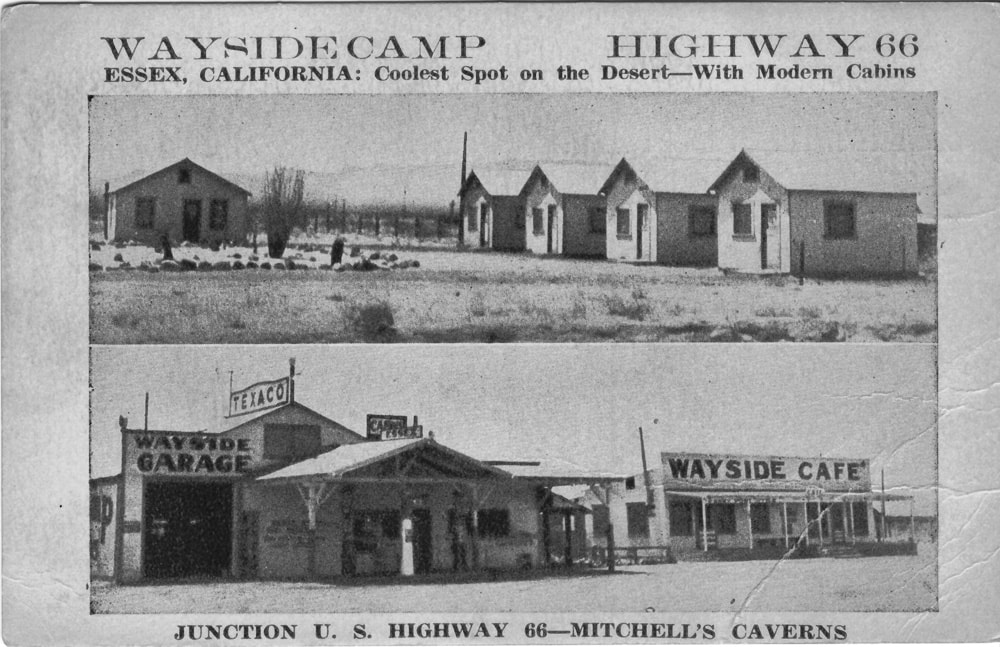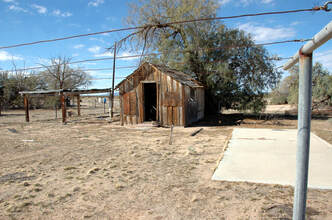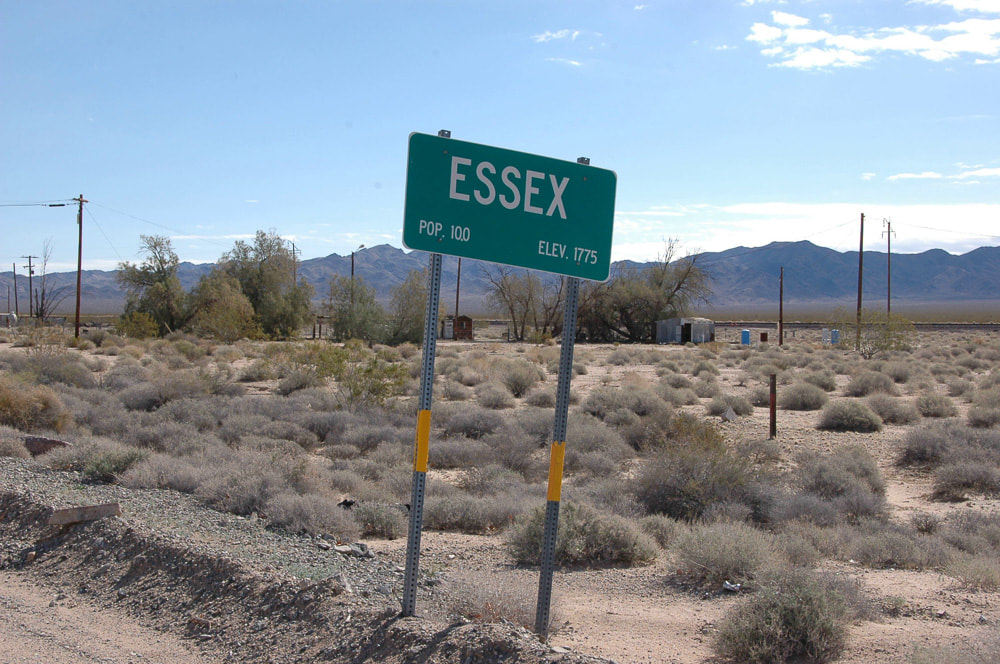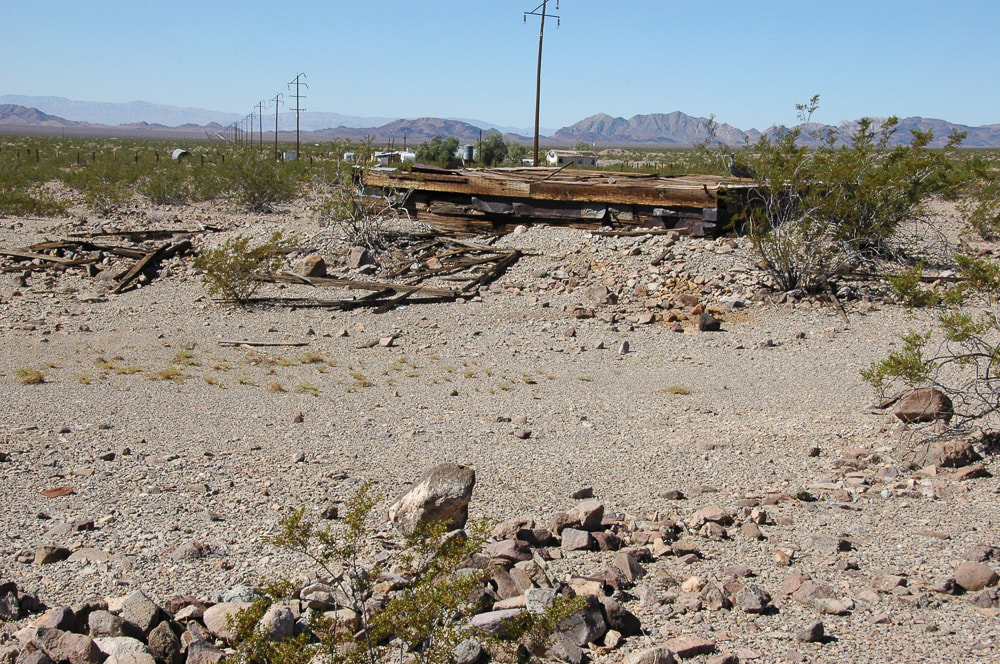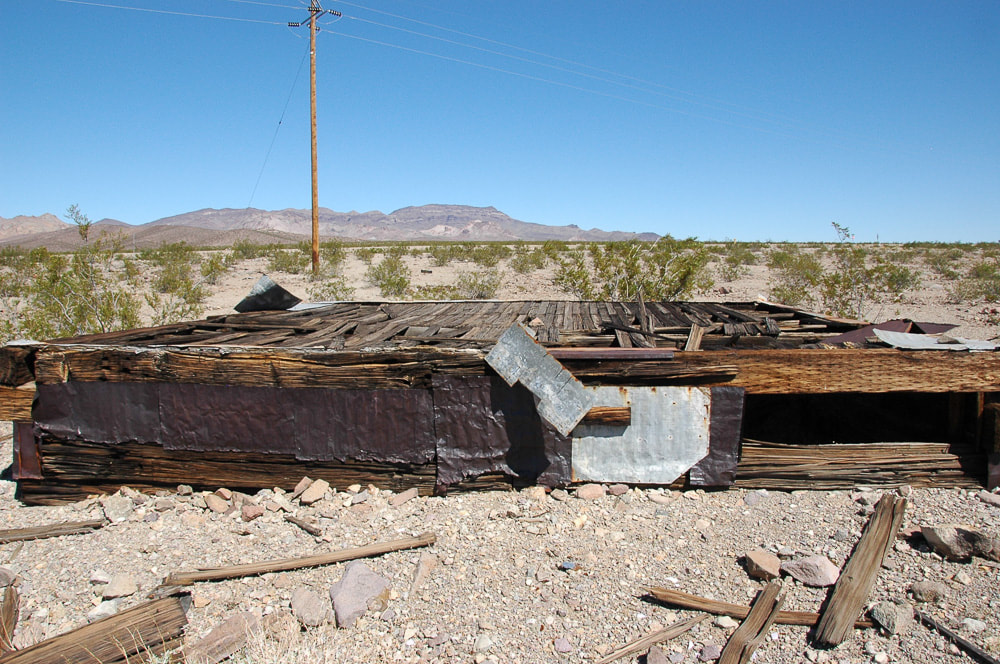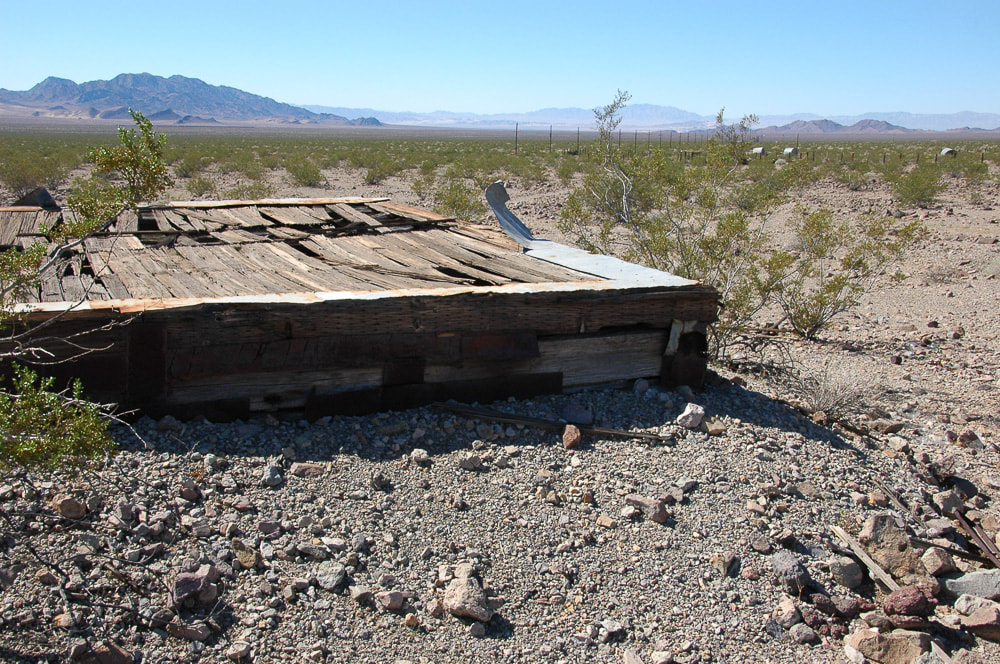A modern school was built in Amboy about 1931, and the original wooden school building was physically moved north of the highway to where it is now, near the new school. For a time after it was moved the building continued to be used first for a teacher’s residence and later for music and shop classes..
At its peak the Amboy school probably had less than fifty students and four full-time teachers, including the principal, several of whom also taught classes. As the salt mining operations at Saltus began to decline and the roadside businesses along Route 66 began to close, the school population dwindled until it was no longer feasible to keep the school open. The last teacher to hold classes in Amboy was Mary Bartel McGee. Mary recalls that the job was especially challenging because students spoke three different languages – English, Spanish, and Navajo. Mary taught at the school from the 1989/90 school year until the school finally closed in June 1999. The last year the school was open there were only five students left to teach.
When the Amboy school closed the school in Essex was still open with classes being taught by Mary Howard. Both teachers were fearful that when Amboy school closed the teaching materials would be swallowed up by Needles schools, so for several nights the two teachers spent their evenings loading supplies into boxes and spiriting them off to Essex. The effort served its purpose for a year or two, but eventually the school in Essex also closed.
